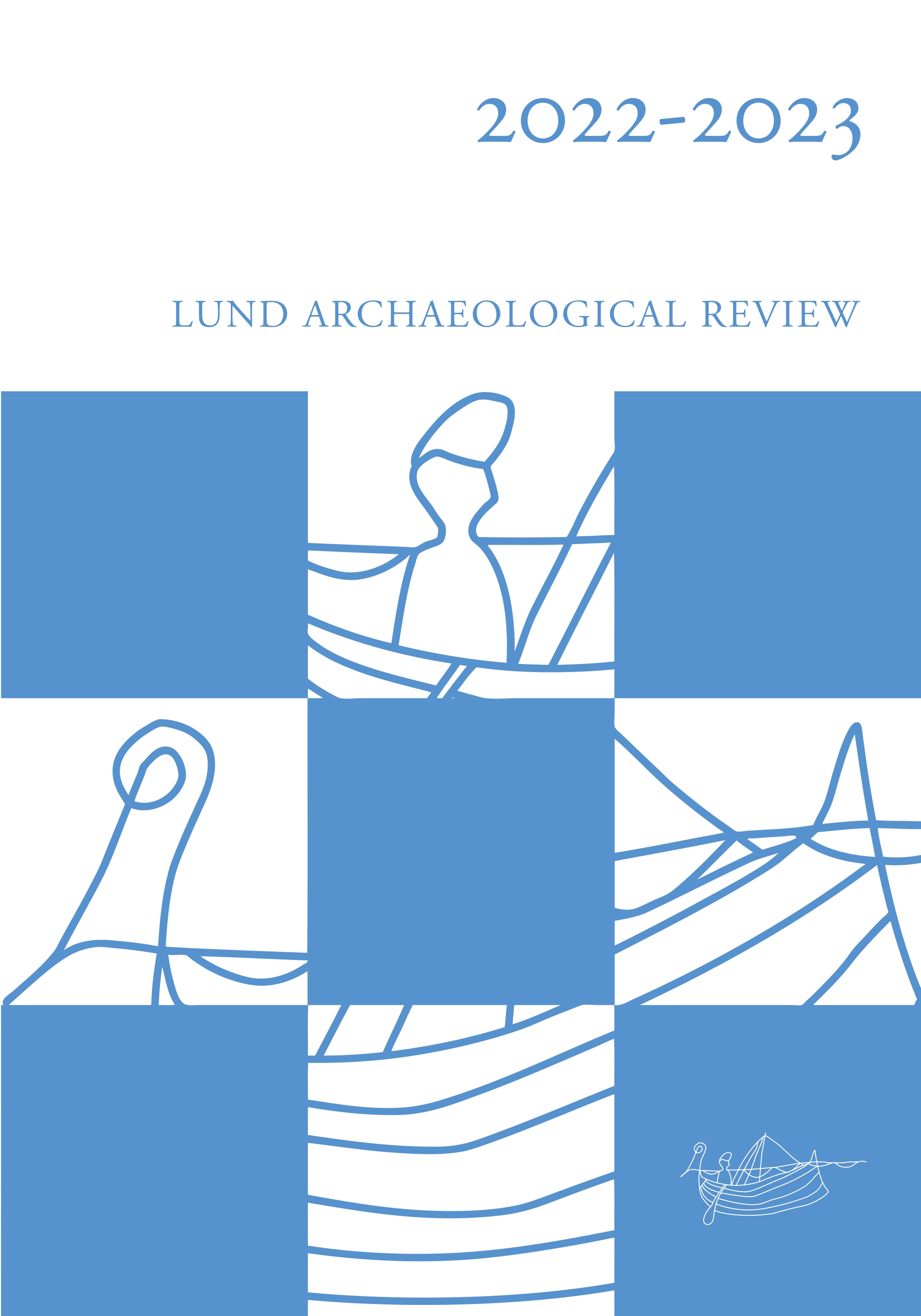From Precious Metal to Recycled Scrap
A note on Helgö’s workshops in a time of climate catastrophe
Abstract
Helgö, in the Mälaren area of central Sweden, was a centre of metalworking, specifically casting jewellery from copper alloys, in the early centuries of the 1st millennium CE (See Excavations at Helgö I – XVIII). In the year 536 CE, however, when manufacturing at Helgö was at its height, Classical sources record the occurrence of a devastating climate event which in Scandinavia became known as the ’Fimbul Winter’.
Analyses of the raw materials and cast objects at Helgö have shown that the effects of the climate crisis included the disruption of trade routes and the consequent lack of access to high-quality raw materials for casting. Primary copper-alloys (bronze and brass), which were predominant during the Migration Period, were replaced in the Early Vendel Period by secondary alloys made from scrap-metal (known as gunmetal in English). The raw material used for casting in Uppåkra in the Vendel Period also consisted of secondary alloys. This fundamental change could have resulted from the climate-related collapse of trade routes in the middle of the 6th century.


